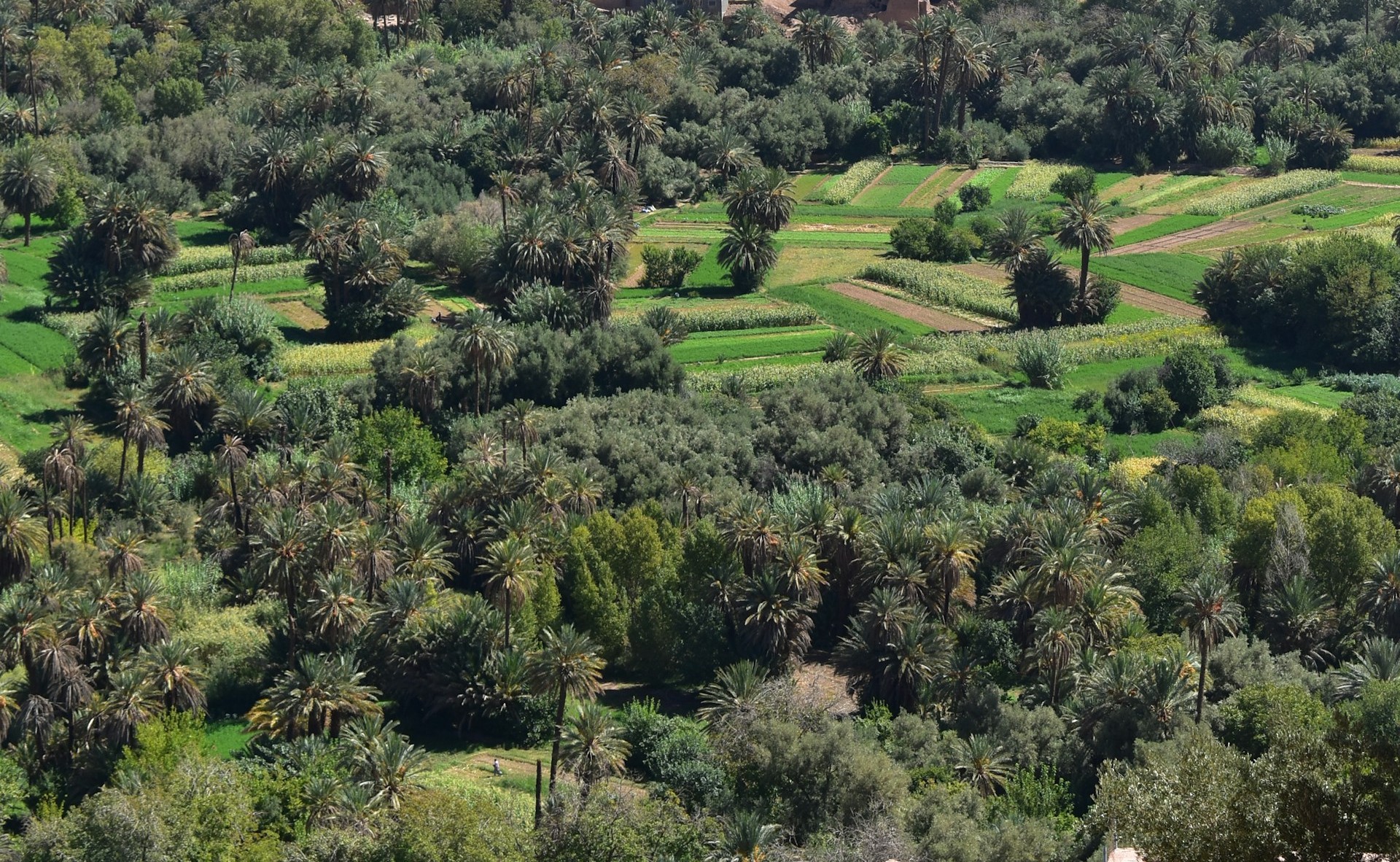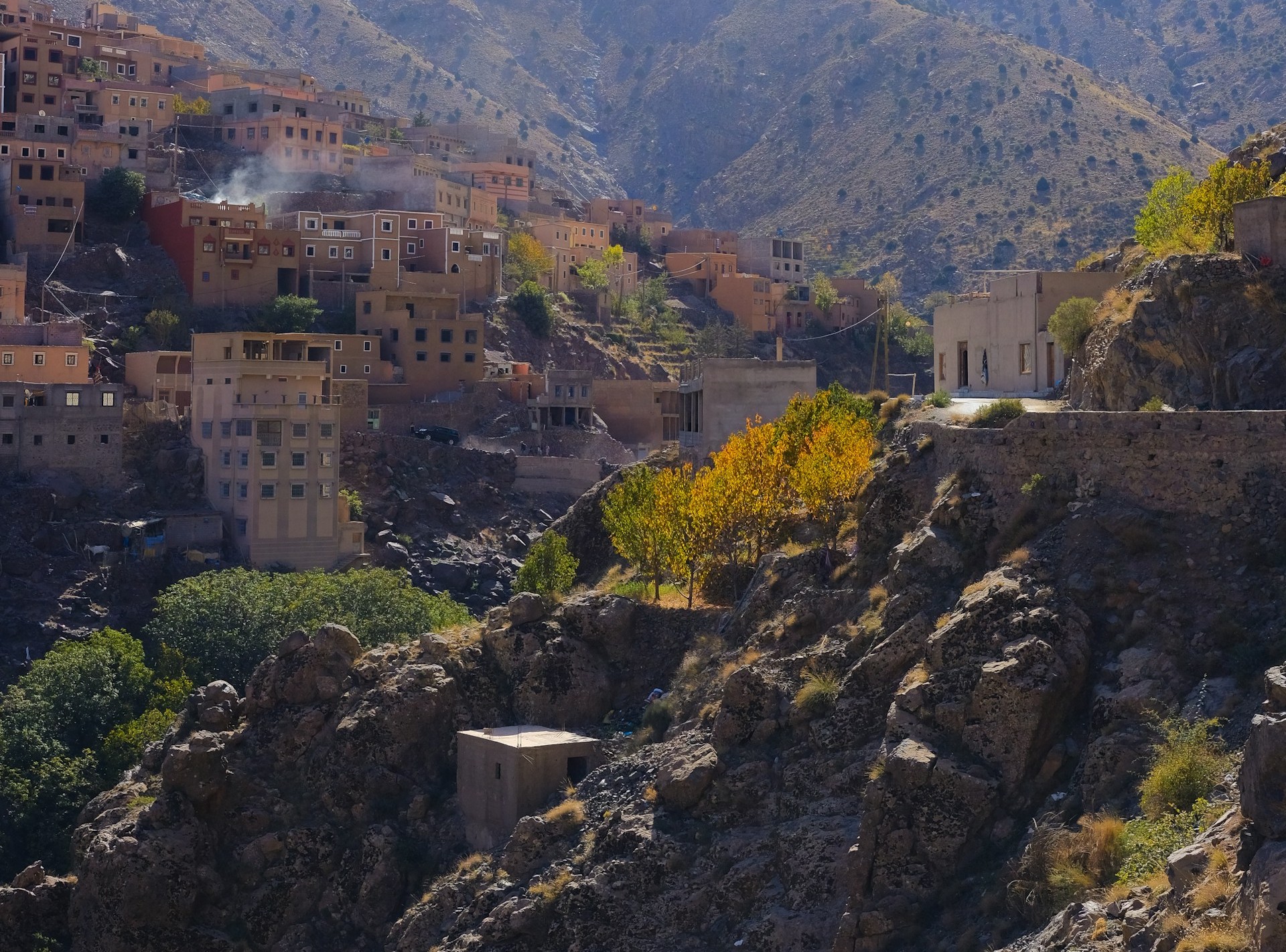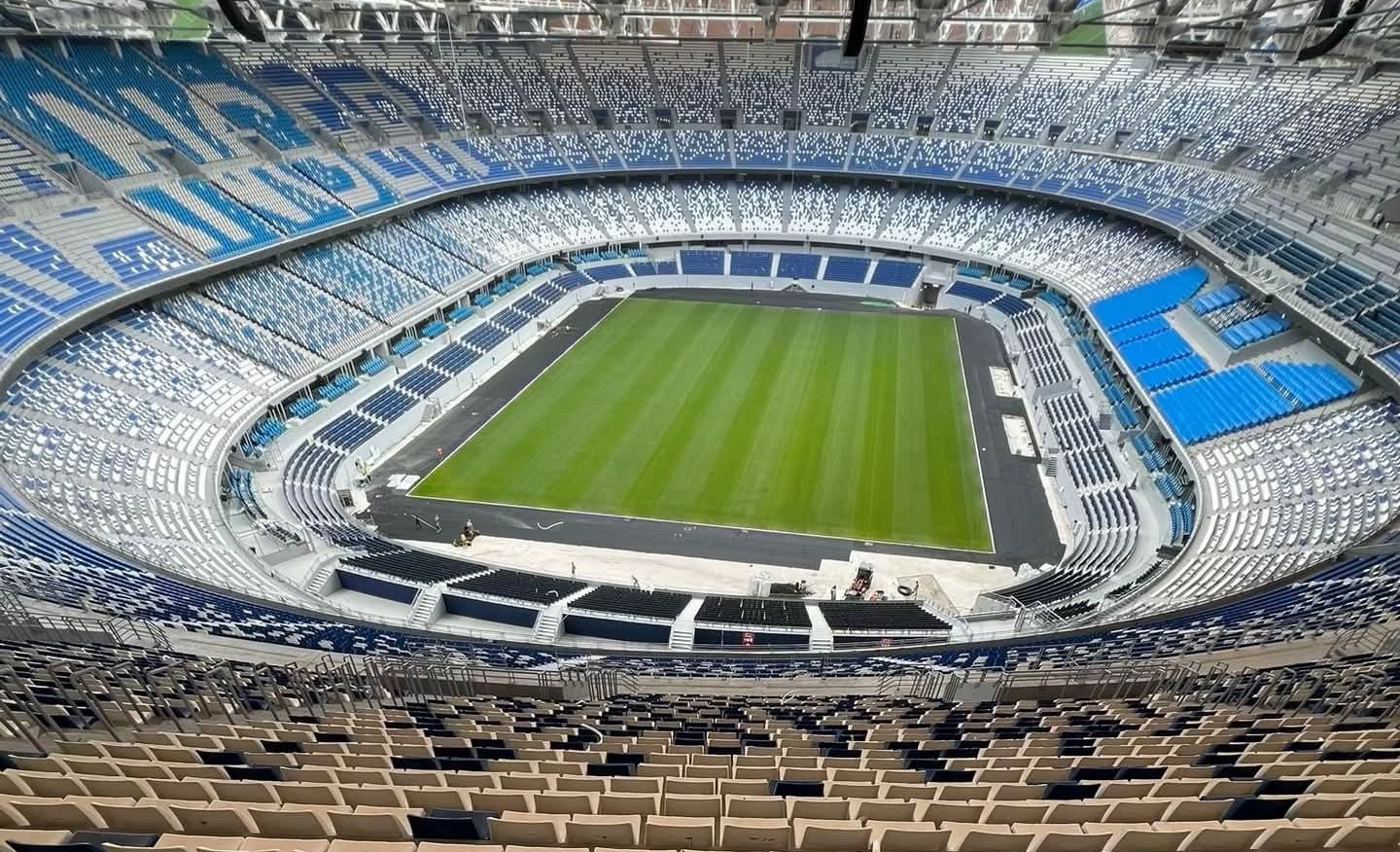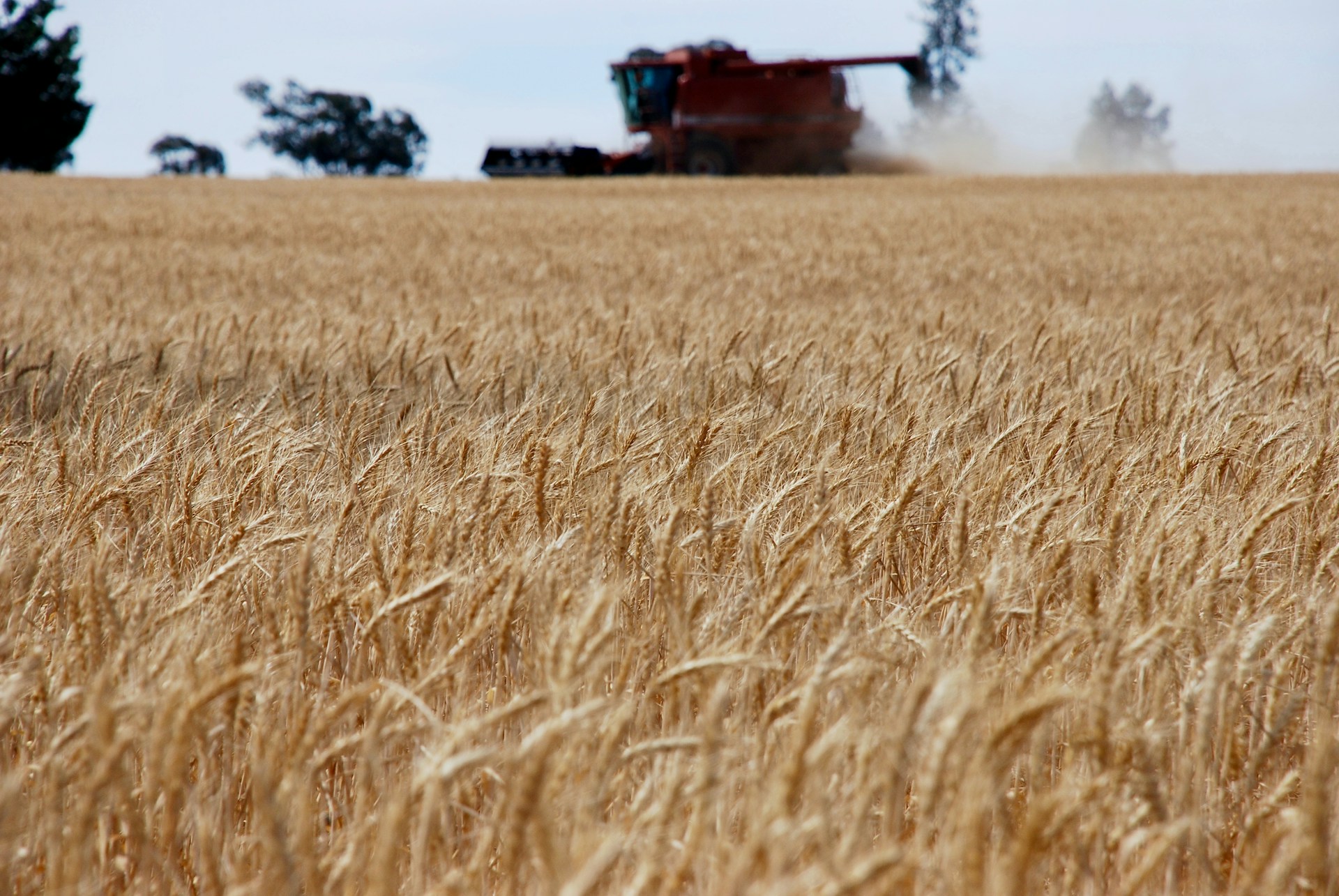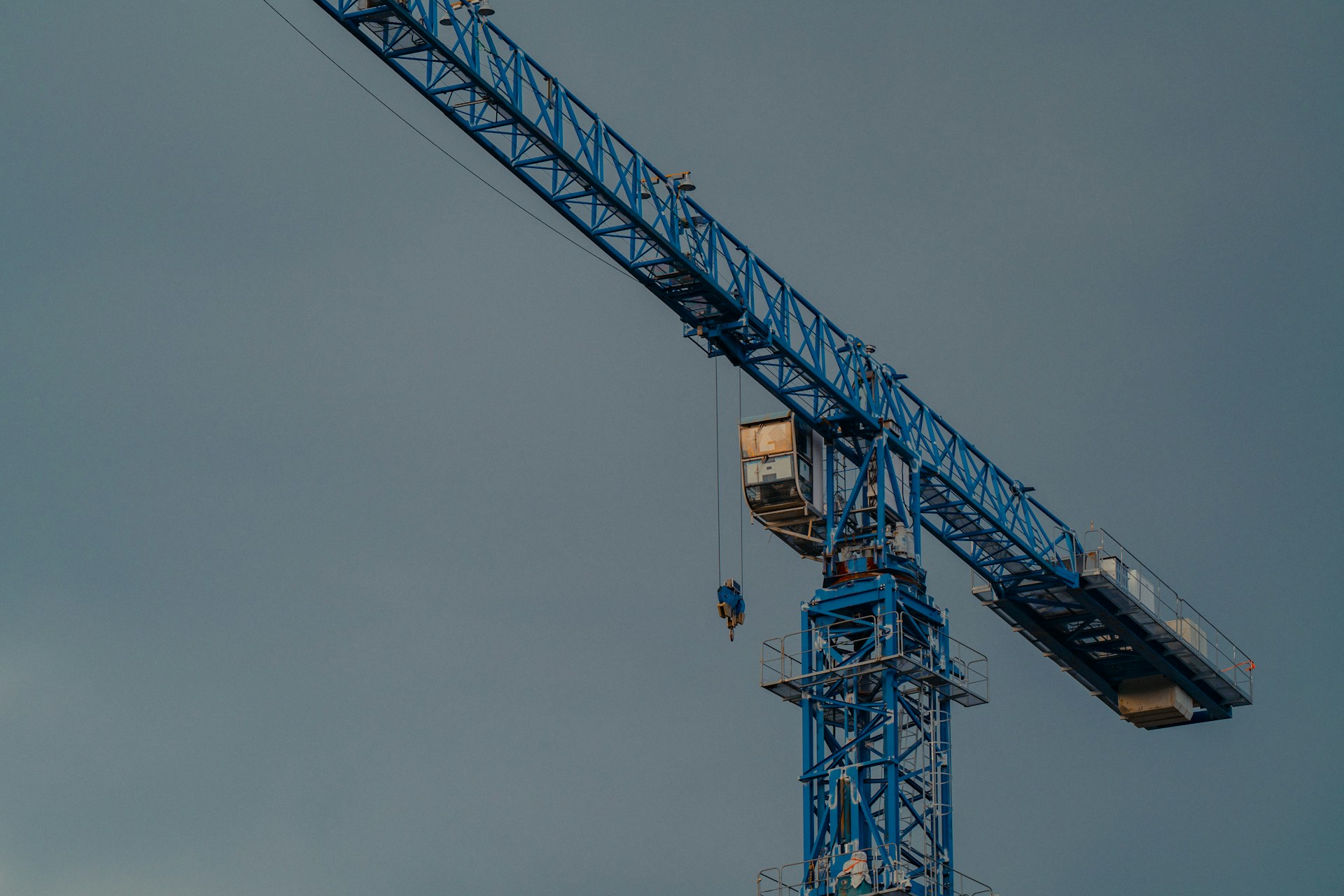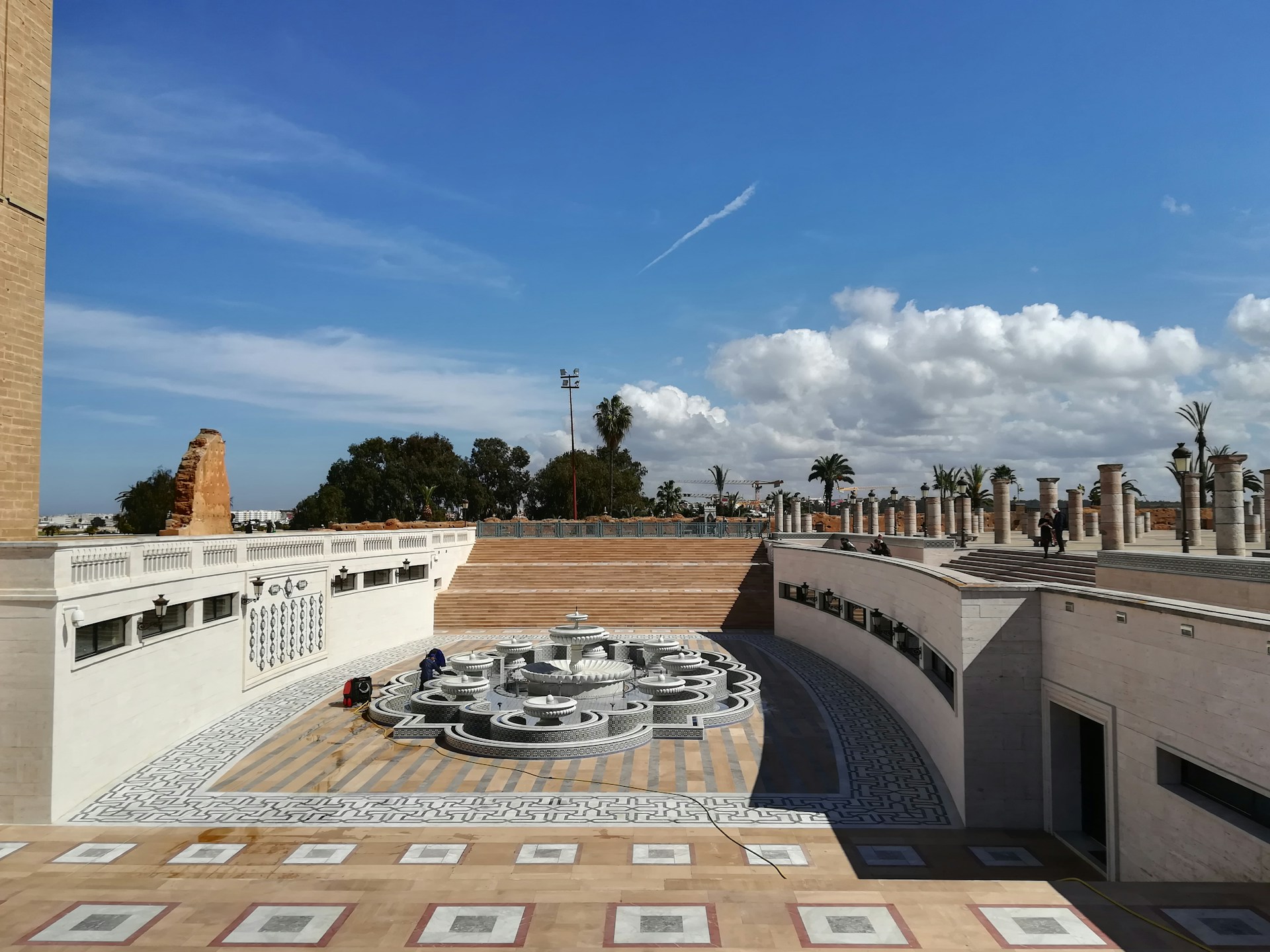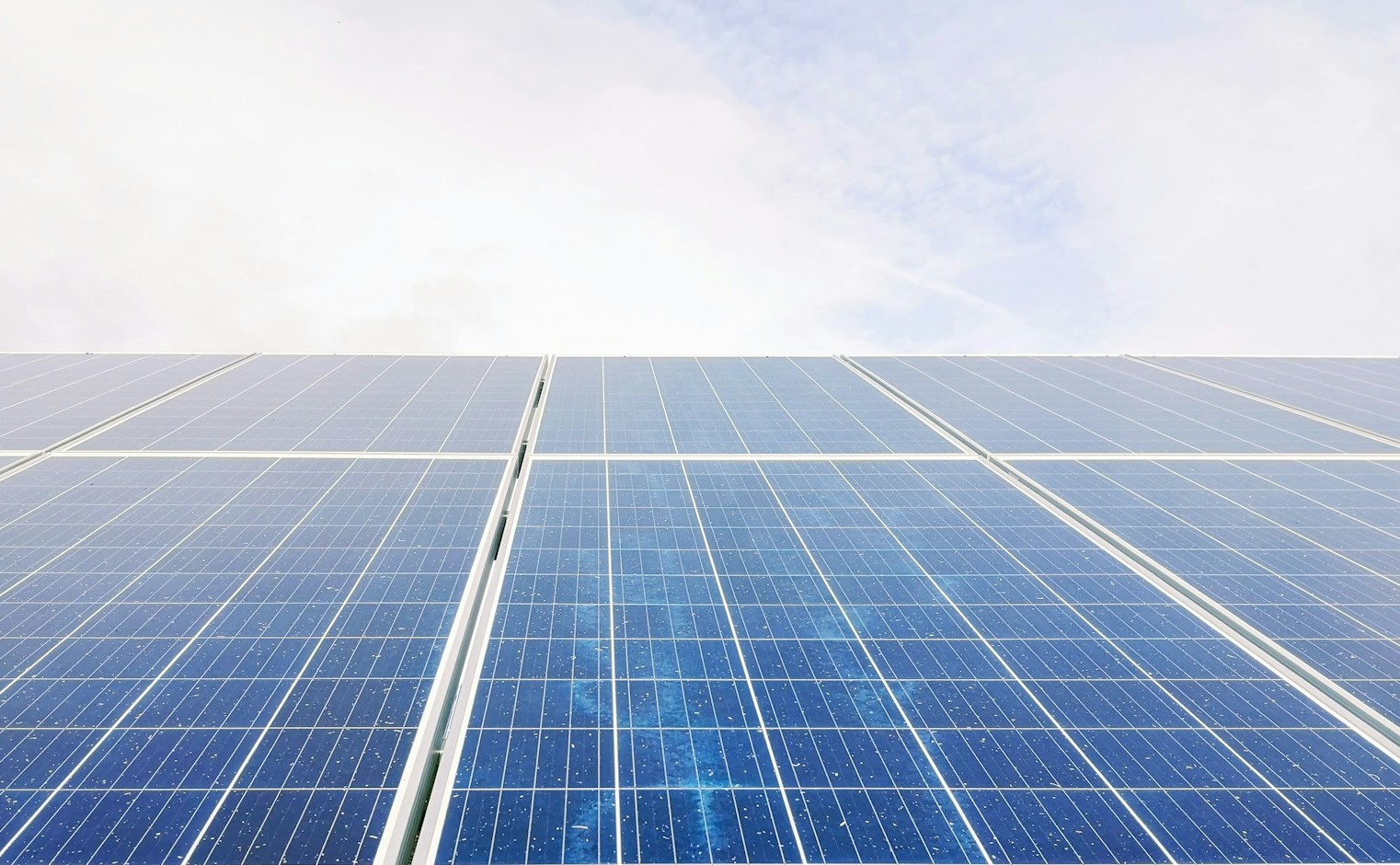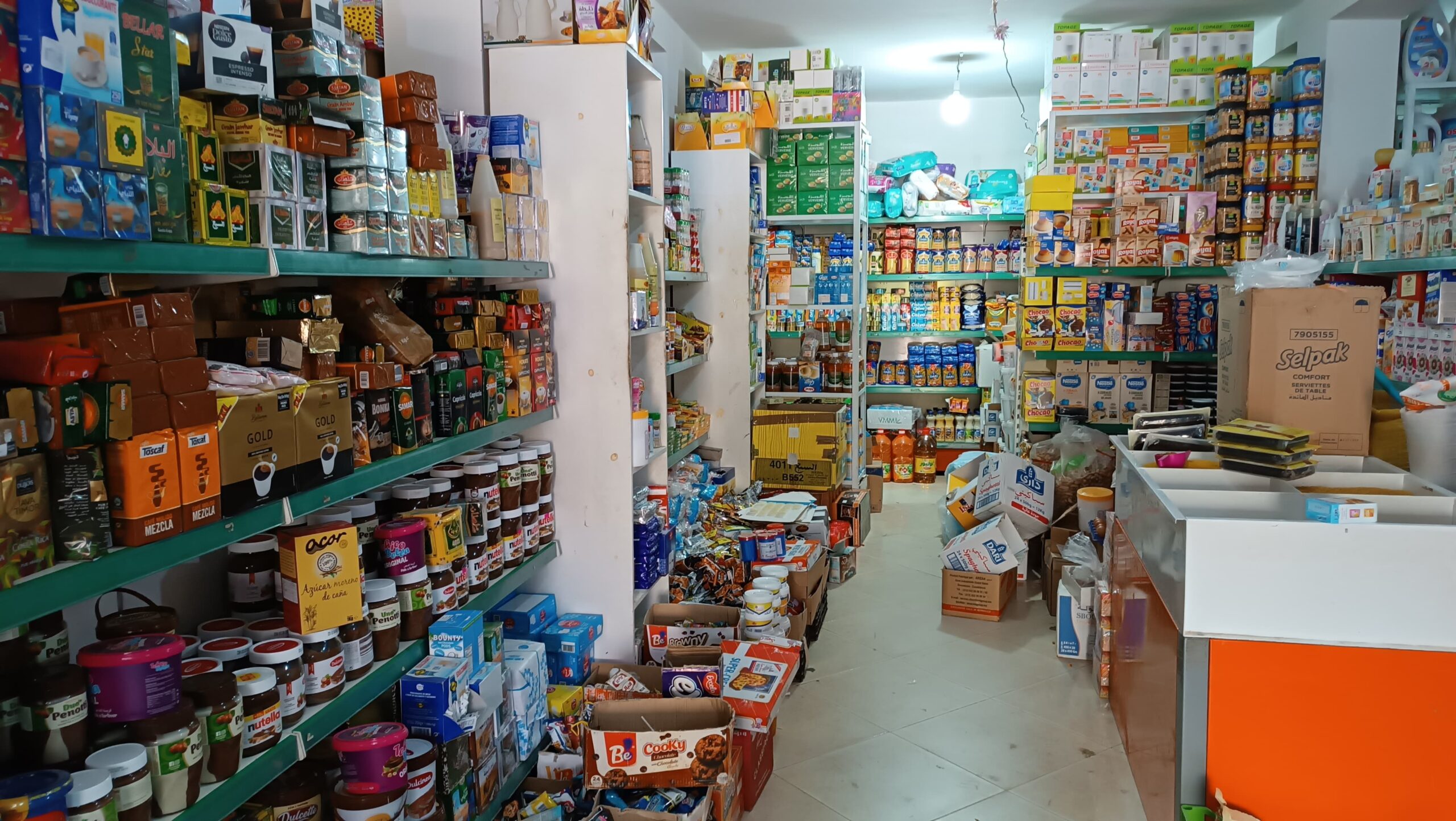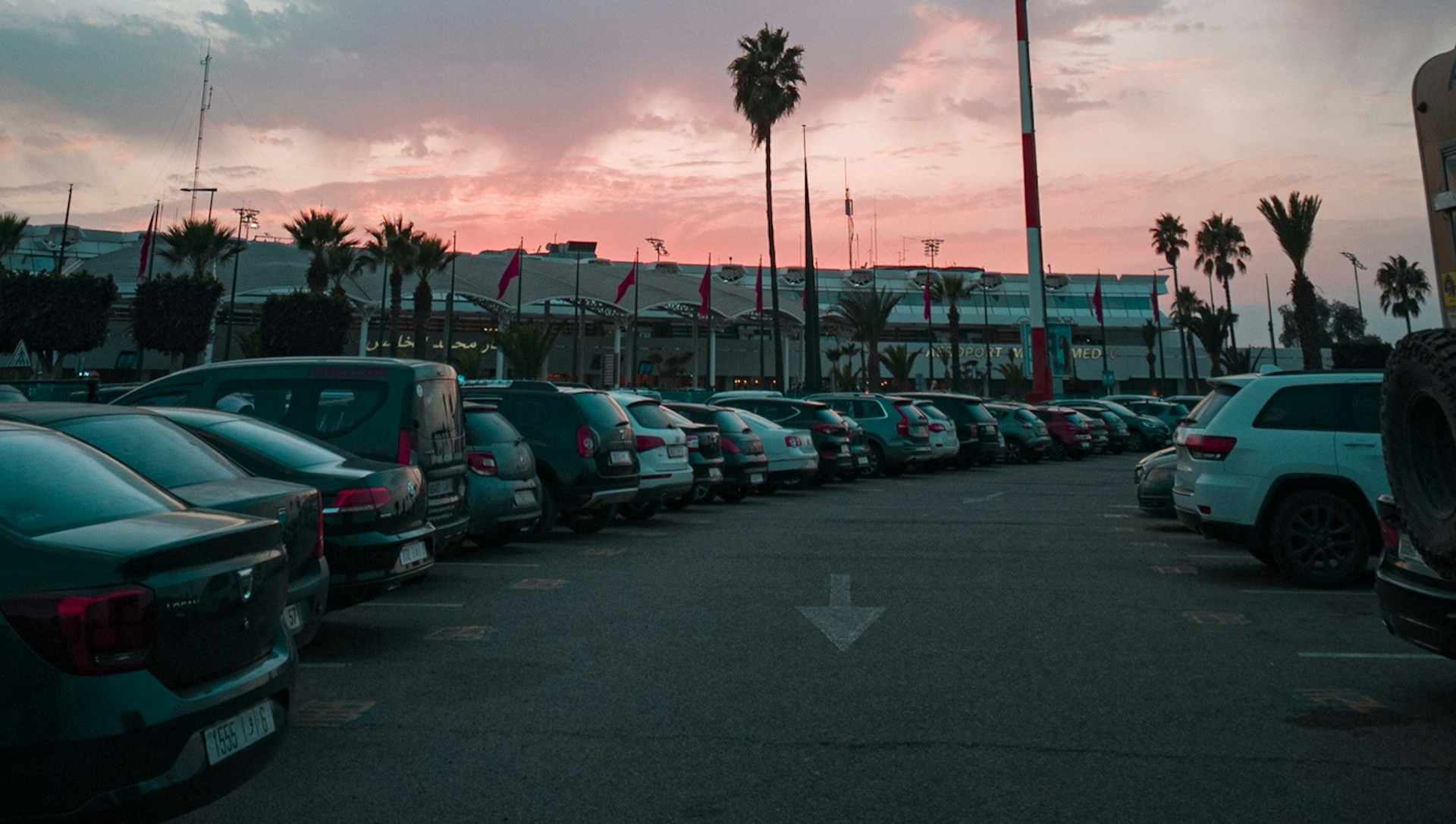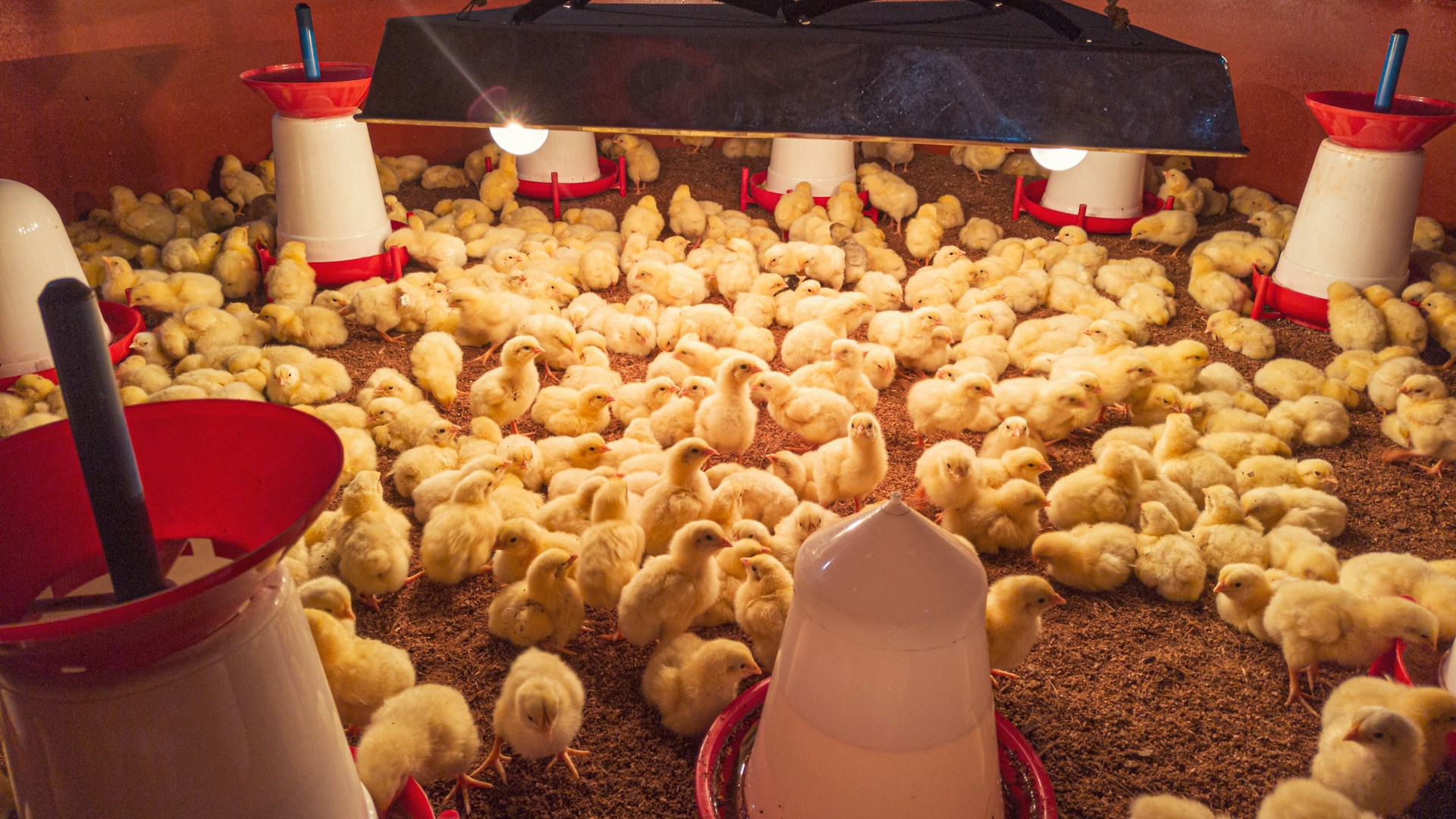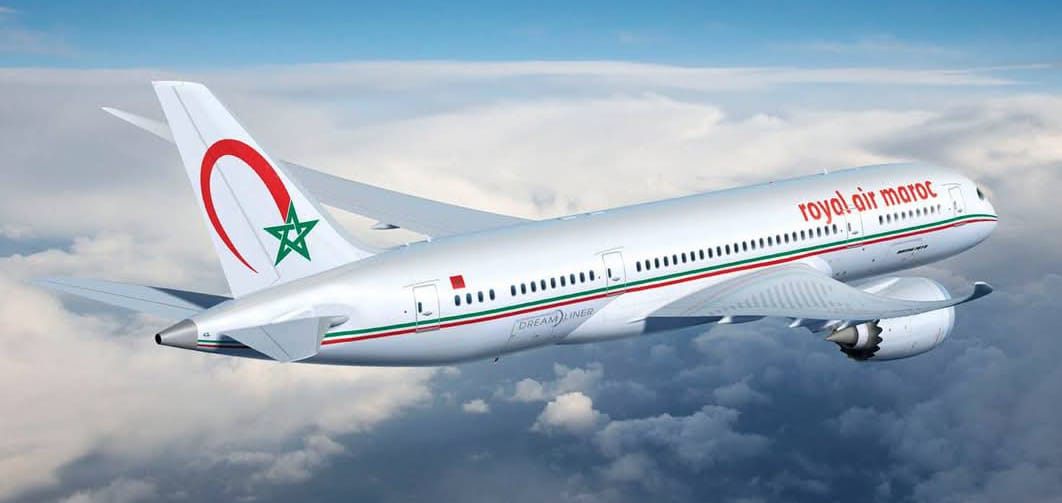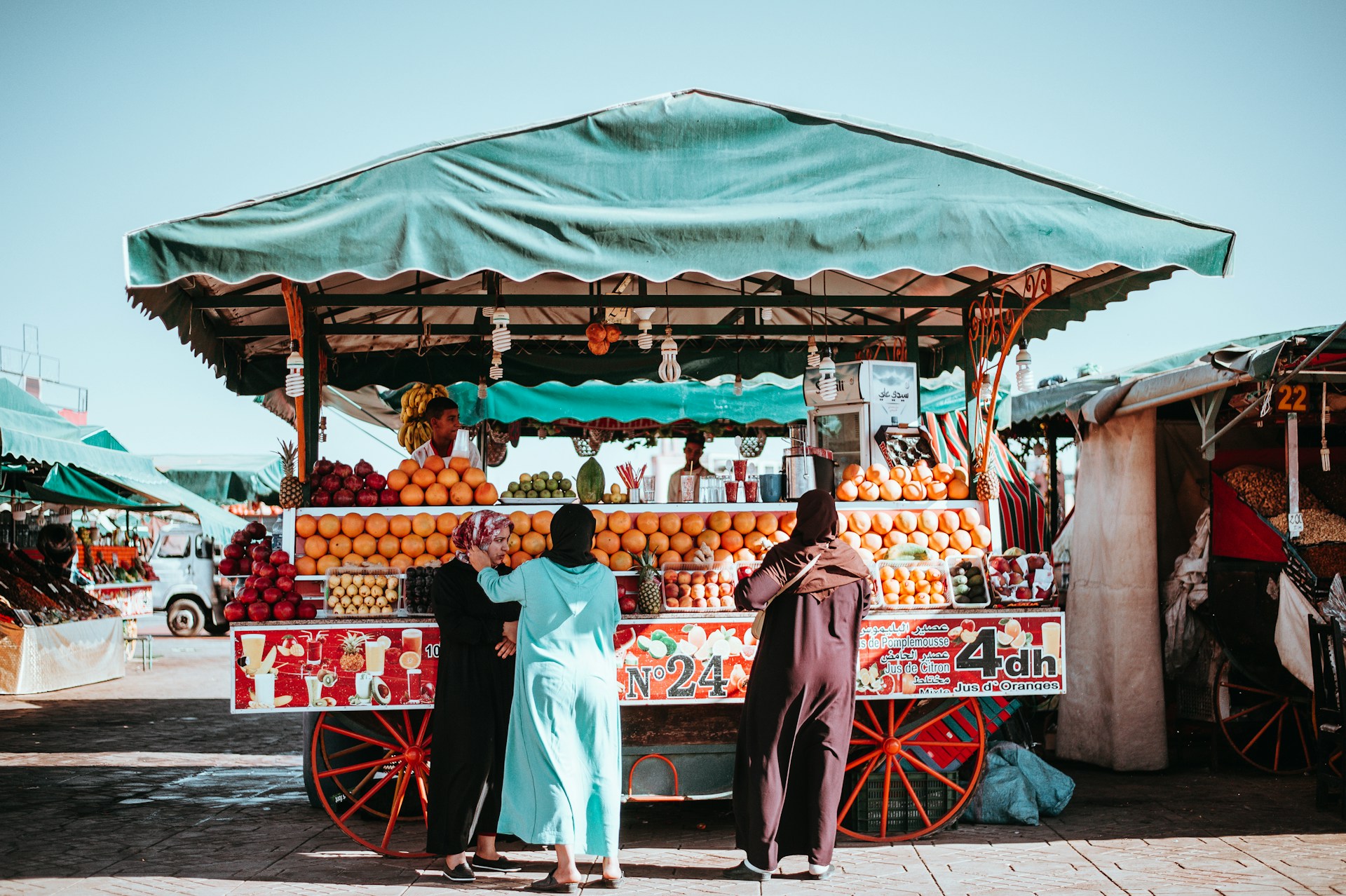Casablanca – Morocco is preparing for a historic surge in public investment in 2026, signaling a clear commitment to accelerate national development, modernize infrastructure, and support strategic sectors driving the Kingdom’s economic transformation. According to the 2026 Finance Bill, total public investment will reach $39.2 billion, the highest in the country’s recent history.
The allocation is divided among key pillars of the public sector, with public enterprises and establishments (PEEs) taking the lead. PEEs alone are expected to mobilize $18.6 billion, nearly half of the total investment. These investments will focus on strategic sectors such as energy, housing, telecommunications, agriculture, water, electricity, phosphates, and multimodal transportation, including roads, rail, air, and maritime networks.
“This investment surge reflects the central role of public enterprises in driving structural transformation and sustaining economic growth,” said government sources, noting that eight major PEEs—including the OCP Group, National Railways Office (ONCF), ONEE, Al Omrane, and the CDG Group—will account for more than 75% of the planned investments.
The general budget, Special Treasury Accounts, and autonomously managed state services (SEGMA) will contribute $13.7 billion, after internal transfers, funding initiatives in territorial development, road network modernization, judicial reform, education, culture, sports, and natural resource management. Meanwhile, the Mohammed VI Investment Fund will inject $4.6 billion, targeting high-impact projects in industrial development, innovation, digital transformation, and strategic infrastructure. Local authorities will receive $2.3 billion for projects aimed at improving urban and rural living conditions, such as roads, sanitation, green spaces, and public buildings.
Public enterprises: Driving growth and green transition
Morocco’s public enterprises have demonstrated resilience and growing financial contributions to the state. In 2024, PEEs contributed $1.71 billion to the general budget through dividends, profit shares, and fees for public land usage, up from $1.44 billion in 2023. Tax contributions—including corporate tax, income tax, and VAT—totaled $2.33 billion, representing 12% of total fiscal receipts.
Key players, such as the CDG Group, OCP, ONEE, and Royal Air Maroc, have also taken a leading role in climate and sustainable development investments. Around 60% of the $5.56 billion invested by PEEs is earmarked for climate-related initiatives, reflecting Morocco’s ambition to integrate sustainability into public sector spending.
Ongoing restructuring and efficiency measures
2024 also saw significant progress in the restructuring and governance of public enterprises. Nearly 200 PEEs were targeted for strategic restructuring, with 73 entities already in advanced stages, spanning sectors such as social protection, energy, housing, and regional services. Initiatives included the creation of territorial health clusters, governance reform of the National Social Security Fund, and the consolidation of urban agencies from 30 to 12 entities. Another 60 PEEs are under evaluation for potential reforms in agriculture, higher education, logistics, and energy efficiency, while 70 entities are undergoing specific measures to improve financial oversight and operational governance.
A parallel program also addressed the creation or reorganization of 34 PEEs to align them with strategic reform priorities, emphasizing governance improvement and enhanced performance monitoring. Additionally, a new liquidation and dissolution system was implemented for 82 units, with 23% of the portfolio already executed, including partial divestments such as 26% of La Mamounia sold to OCP S.A. for $0.18 billion.
Robust financial oversight and procurement practices
The government strengthened oversight of public expenditure in 2024. Open tenders increased by 12%, with 13,412 dossiers reviewed in 25,809 commission meetings, resulting in 11,805 contracts awarded—an 88% success rate, up from 86% the previous year. PEEs committed $7.9 billion in expenditures, with half allocated to investments. Total procurement spending remained stable at $3.2 billion. Payment orders were carefully vetted, with 292,301 validated for $10.3 billion and 11,017 rejected, amounting to $0.26 billion. Requisitions also rose to $22.3 million, primarily in social and educational sectors.
Looking ahead
The government expects PEEs’ financial performance to continue improving through 2028. Revenues are projected to rise from $41.4 billion in 2026 to $47.1 billion in 2028, while net profits are expected to grow from $2.56 billion to $3.42 billion. This growth underscores the critical role of public enterprises as engines of economic development, strategic infrastructure investment, and sustainable transformation.
Morocco’s ambitious 2026 investment strategy combines fiscal discipline, strategic sectoral allocation, and territorial equity, signaling a decisive effort to modernize the public sector while supporting inclusive and sustainable economic growth.
